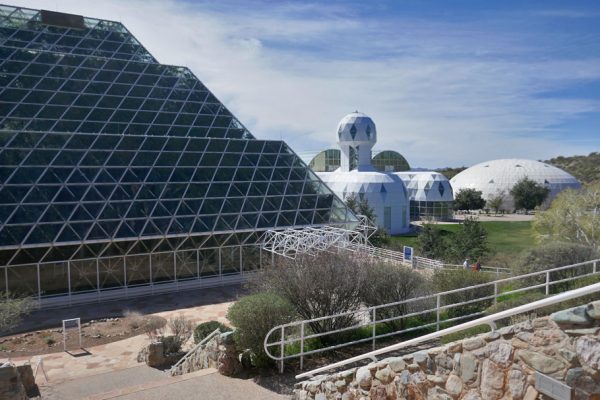
March 1, 2020.
Over the last three years that we have been visiting Tucson, I have been seeing signs advertising the Biosphere 2. I lived in Tucson some 30 years ago when this biosphere was being built. It is a much much smaller version of the biosphere we all know and love – you know, the planet Earth. It was very controversial back then – the cost, the unclear mission, the wacky people in charge – but in 1991 eight people entered this great glass structure containing a pared-down Earth and were locked in for 2 years.
The experiment was a bit of a flop and since then the property has had a few different owners. Currently, it is owned by the University of Arizona. It is no longer a closed environment. They do some experiments but it seems like their main mission now is to mostly do tours. The tours cost a bit more money than we usually like to spend ($21 a person) but we have been loosening up the entertainment dollar lately and decided to see what it was all about.
A couple of friends joined us on this excursion. It was the first day of March and we were starting to hear a lot more talk about COVID-19. As we drove to the biosphere location way out in the desert we joked that it would be the perfect place to be quarantined if all hell broke loose. After all, 8 people lived in this place totally isolated for 2 years, right? We were disabused of this notion pretty quickly.
I’ll let Greg tell the rest of the story…
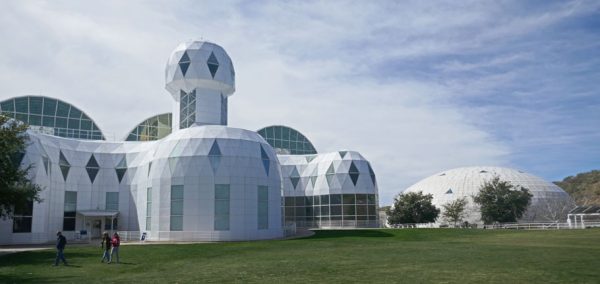

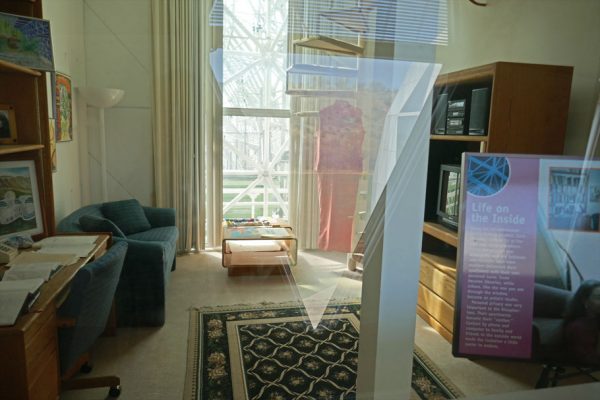
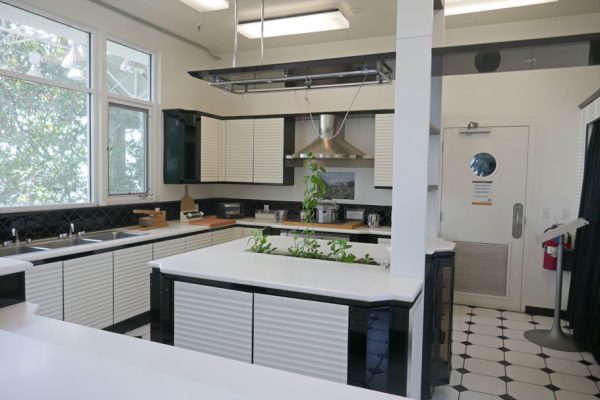
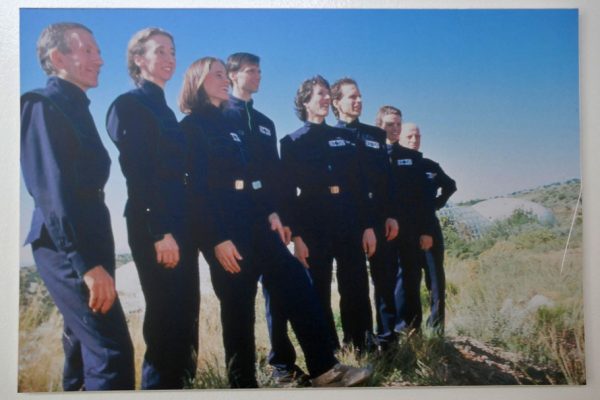
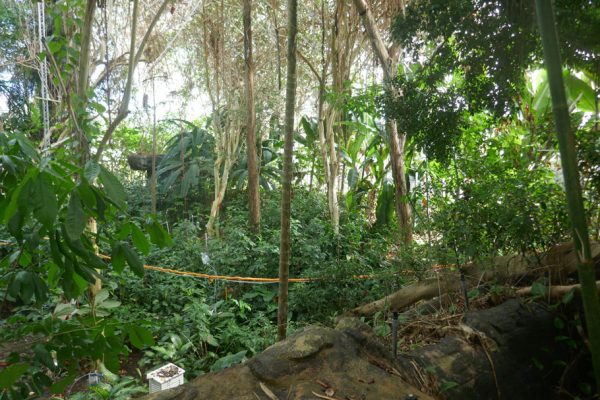
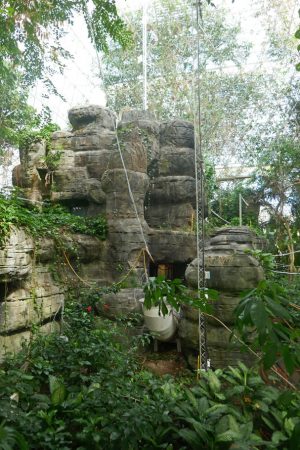

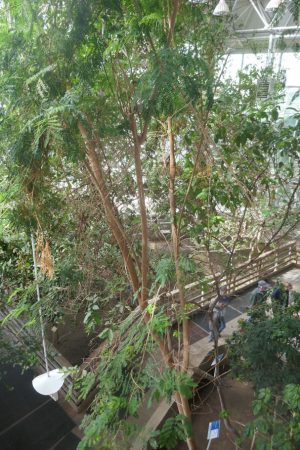
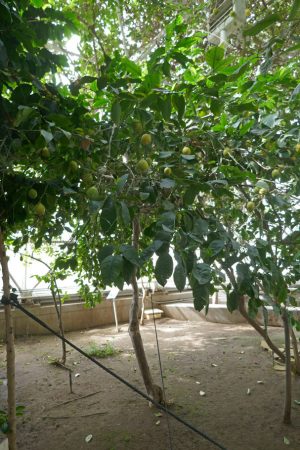
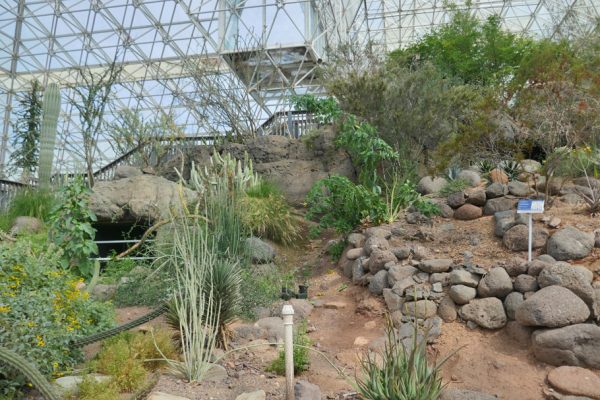
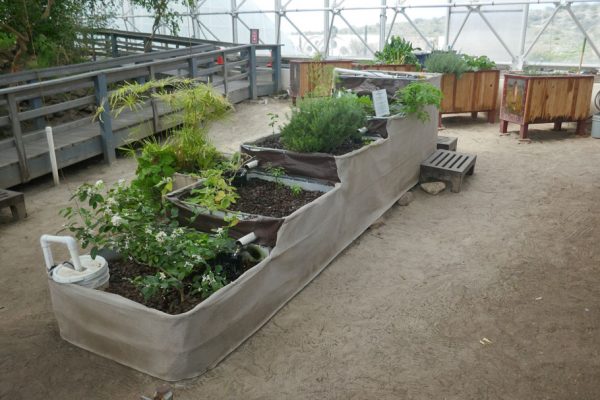
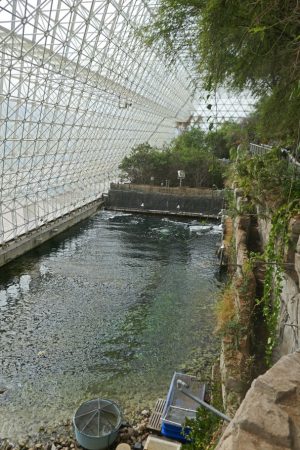
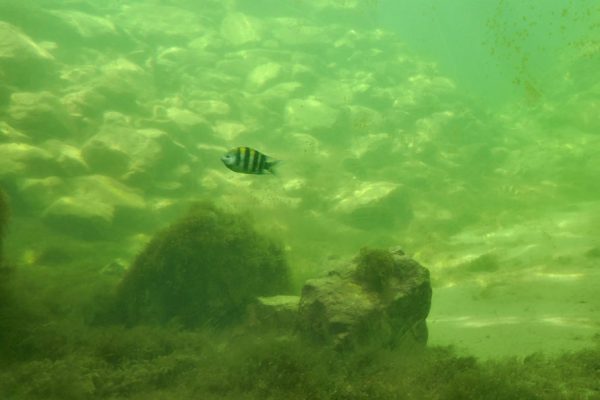
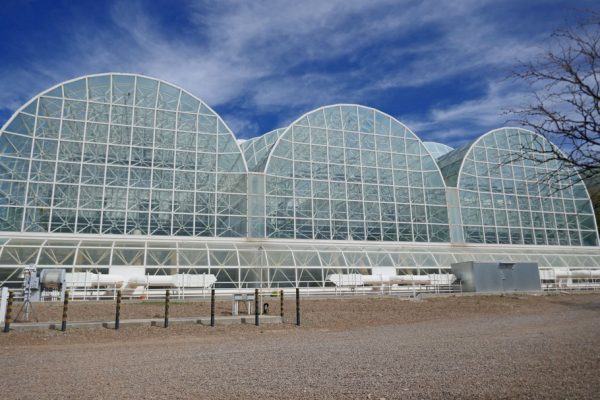
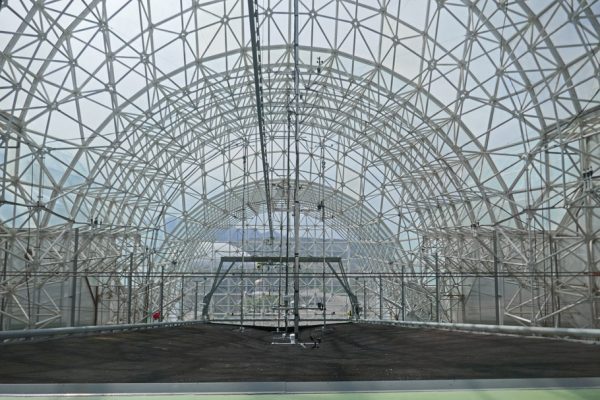
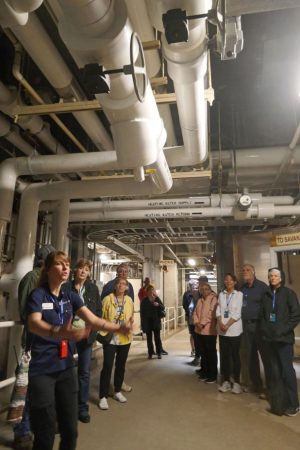
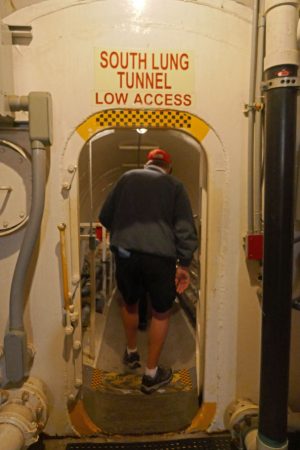

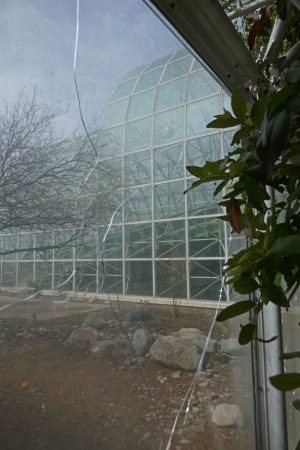
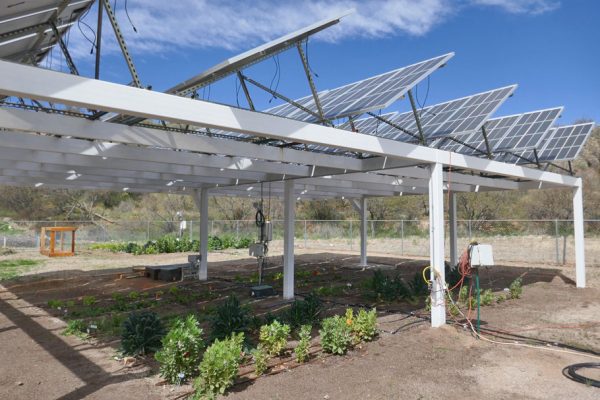
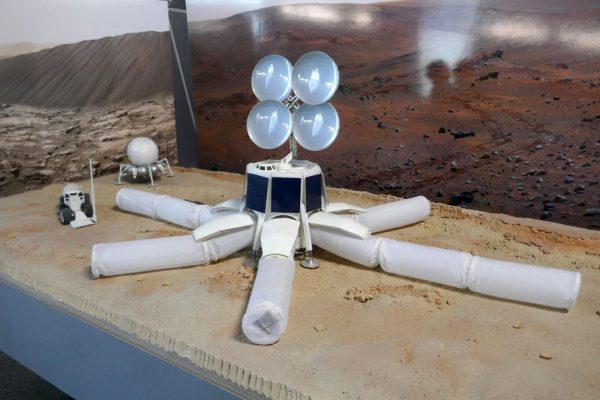
What is your favorite sciency place to visit? Do you think you could live in a closed environment with 7 other people for 2 years? Do you feel like you are facing that prospect right now? Let us know what how you are doing with your own social distancing. Leave us a comment below.

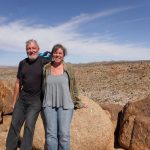


An interesting visit and a timely post. I wouldn’t mind being part of an experiment like this. You certainly would feel purpose inside there, if you’d had to “stay alive” by gardening and taking care of everything on a small scale. Not sure how the social situation would evolve. I guess you all better get along! 🙂 Too bad none of these experiences worked out!
Thank you for the tour! I think you and I would both agree that the living quarters look quite luxurious compared to our camper vans.
Yes, the living quarters were quite nice. It must have been good for the Biospherians to have a private place to get away from everything.
I’ve always wanted to live self sufficiently but perhaps on a in much smaller scale. I think I’d miss being able to go on long hikes.